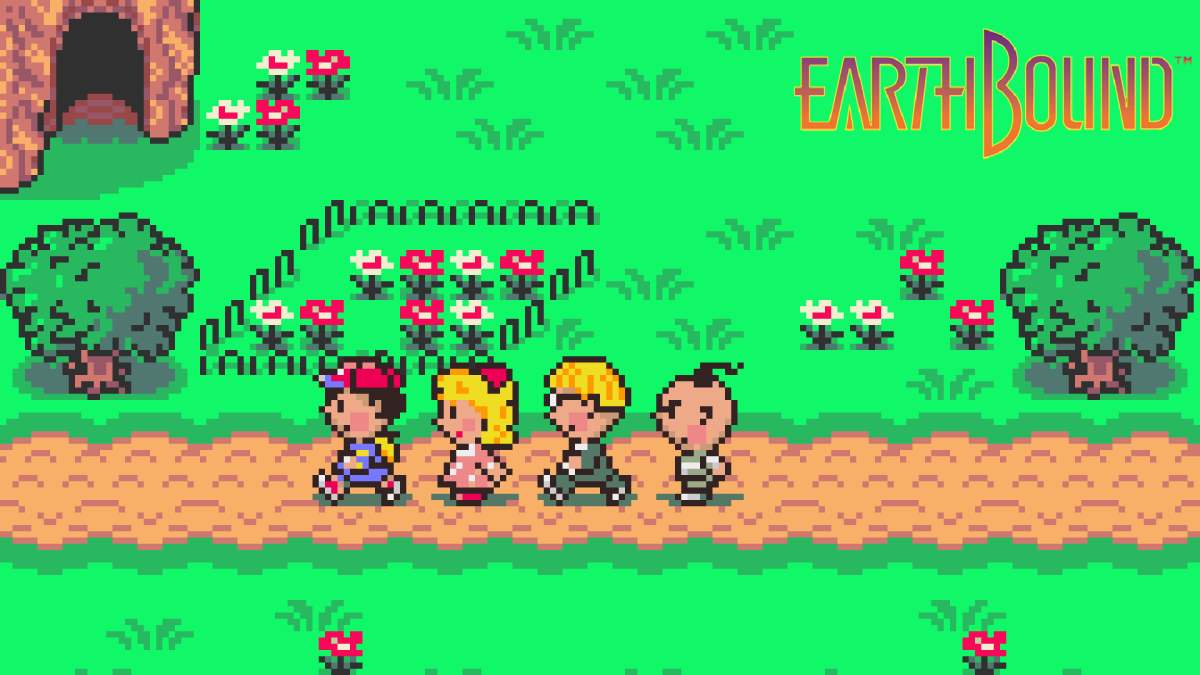reddeadplace.com – Released in 1980 by Namco, Pac-Man became one of the most iconic video games of all time. Created by Japanese game designer Toru Iwatani, Pac-Man stood out from the typical video game offerings of the era, which were predominantly focused on space combat or sports themes. It was a simple yet engaging arcade game that transformed the video game industry and became a global cultural phenomenon. This article explores the history, gameplay mechanics, cultural impact, and lasting legacy of Pac-Man.
The Birth of Pac-Man
In the late 1970s, video games were dominated by titles like Space Invaders and Asteroids, which featured a lot of shooting, combat, and aggressive themes. Iwatani, who was working at Namco at the time, wanted to create a game that appealed to a broader audience, particularly women. His goal was to make a game that could be enjoyed by everyone, regardless of age or gender.
Inspired by the image of a pizza with a slice missing, Iwatani created the iconic yellow, circular character we now know as Pac-Man. The character’s simplistic, friendly appearance was a stark contrast to the typical space-themed heroes of the time. To complete the concept, Iwatani designed the game’s maze and enemies, known as ghosts, each with distinct behaviors that would challenge the player.
Gameplay and Mechanics
At its core, Pac-Man is a maze-chase game. The player controls Pac-Man, who must navigate a maze, eating all the dots while avoiding being caught by four colored ghosts: Blinky (red), Pinky (pink), Inky (cyan), and Clyde (orange). As the player eats all the dots in the maze, the level is completed, and the game progresses to a more challenging stage.
Here’s a quick breakdown of the game mechanics:
- The Maze: The game takes place on a single screen with a fixed maze layout. The maze contains several dots and larger “power pellets” in the corners. The smaller dots score points when eaten, and the larger power pellets temporarily turn the ghosts blue, allowing Pac-Man to eat them for extra points.
- The Ghosts: Each ghost has a unique AI behavior. Blinky chases Pac-Man directly, while Pinky tries to position itself ahead of Pac-Man. Inky’s movement is influenced by both Pac-Man’s and Blinky’s positions, and Clyde has a more erratic movement pattern. The varying strategies of the ghosts keep the gameplay unpredictable and exciting.
- Power Pellets: When Pac-Man eats a power pellet, the ghosts turn blue and become vulnerable. This gives Pac-Man the chance to eat them, earning bonus points and temporarily clearing the maze of threats.
- Levels and Difficulty: As players progress through levels, the ghosts become faster and more aggressive, increasing the challenge. Eventually, the game loops, with each new cycle becoming more difficult than the last.
The Cultural Impact of Pac-Man
Pac-Man was not only a successful arcade game; it quickly became a cultural phenomenon, influencing many aspects of pop culture during the 1980s.
- Video Game Evolution: Pac-Man was one of the first games to feature a non-violent, maze-based concept. Its broad appeal helped establish video games as a mainstream entertainment medium, reaching beyond traditional gamer demographics.
- Merchandise and Spin-offs: The success of Pac-Man led to a wide array of merchandise, from lunchboxes to toys, and even a hit song titled “Pac-Man Fever” by Buckner & Garcia. Pac-Man’s success also sparked a series of spin-off games, such as Ms. Pac-Man (1981), which introduced new mazes and gameplay tweaks. A Pac-Man animated series also debuted in 1982.
- Iconic Character Design: Pac-Man himself became a recognizable symbol of early video gaming. His simplistic, friendly design was easily identifiable and became one of the first video game mascots. In fact, Pac-Man is often considered the face of the early 80s video game era, as significant as Mario would later become for Nintendo.
- Pac-Man and Gender Appeal: Pac-Man was also one of the first video games to appeal to female players, which was a novel concept at the time. The idea of a non-violent, maze-based game with a cute protagonist helped draw in a broader, more diverse audience.
- Arcade Boom: The success of Pac-Man helped spark the golden age of arcade gaming in the early 1980s. The game generated massive coin-op revenues, and arcades became social hubs for players of all ages. By 1981, Pac-Man was earning over $1 billion in quarters globally.
The Lasting Legacy of Pac-Man
Decades after its release, Pac-Man remains a cornerstone of the gaming world, inspiring countless sequels, spin-offs, and remakes. Some notable elements of its legacy include:
- Modern Adaptations: Pac-Man continues to appear on various platforms, from arcade cabinets to consoles, mobile devices, and online games. Its simple yet addictive gameplay makes it a perfect fit for portable gaming.
- Competitive Speedrunning: Pac-Man has become a popular game for speedrunners, players who try to complete the game as quickly as possible under specific conditions. The game’s predictable patterns and tactics make it ideal for competitive players to attempt record-breaking runs.
- Influence on Game Design: The success of Pac-Man showed that video games could be both fun and accessible, influencing game design for years to come. The game’s emphasis on strategy, pattern recognition, and memorization can be seen in various puzzle and maze games that followed.
- Enduring Popularity: Pac-Man still maintains a strong presence in pop culture. It frequently appears in various media, including TV shows, movies, and music. The game’s character remains an enduring symbol of the early arcade era.
Conclusion
Pac-Man was not just a video game; it was a cultural revolution. It broke the mold of traditional arcade games, offering a fun and accessible experience that appealed to all ages and genders. Its influence on the gaming industry and popular culture cannot be overstated. From its clever design to its global impact, Pac-Man remains one of the most recognizable and beloved figures in video game history.
Decades later, Pac-Man continues to be celebrated, reminding us that sometimes the simplest ideas can have the most profound impact. Whether you’re a nostalgic player who remembers the days of arcade cabinets or a new fan experiencing the game for the first time, Pac-Man is an enduring reminder of the power of gaming to bring people together, across generations and cultures.






